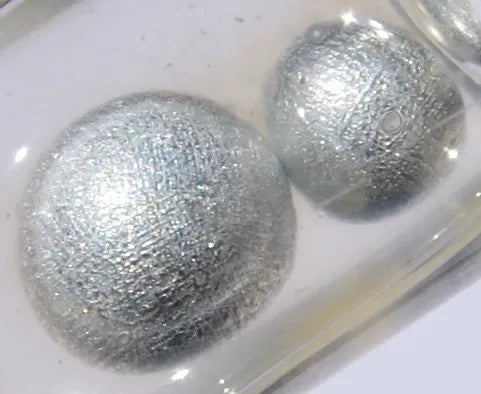All about Potassium
Potassium is the last of the 3 macronutrients and is symbolised by the letter "K". It is a grey-coloured alkali metal and its name, in arabic, is "Kalium" which means "plant ashes" because it can be sourced from burned plant matter. Because of this, it is also sometimes called "Potash" and that is where we get the name Potassium from. It is so reactive in its raw form that it is usually stored in oil to keep it away from oxygen in the air. It can be found in many foods such as bananas:
It is needed by plants in relatively large amounts, second only to Nitrogen. It is vital for regulating water uptake & loss, and CO2 uptake through the breathing pores called stomata which are (with the help of a microscope) found on the underside of leaves. Potassium helps to improve drought resistance. It is used in the production of ATP (see "All about Phosphorus") which is part of the metabolism and energy processes in plants. It also activates certain enzymes and it is used in the production of proteins. It has a big impact on most aspects of the quality of harvested produce.
Potassium is mobile within a plant. A lack of Potassium makes older leaves turn pale and develop dead spots, particularly around the edges. Leaf edges and tips turn brown. Stems can become weak as the plant struggles to regulate water. Flowering is compromised. Yields are majorly affected and the quality of the crop will be greatly reduced:
Too much Potassium looks very similar to an overdose of Phosphorus. Calcium, Magnesium, Zinc and Iron can get locked out making it look like the plant is suffering from a combination of deficiencies. Leaf tips and edges look burnt and yellowing is likely to occur between the veins.

